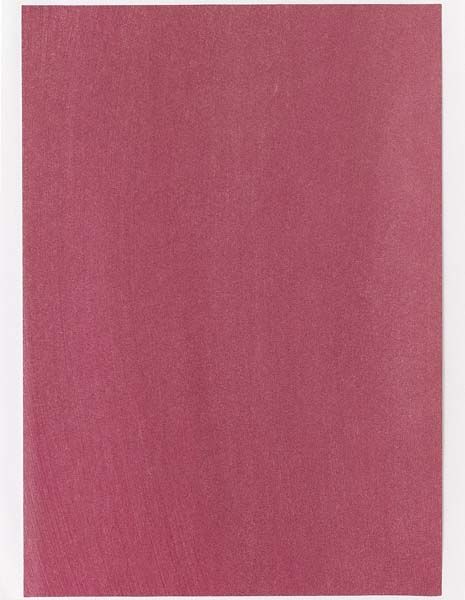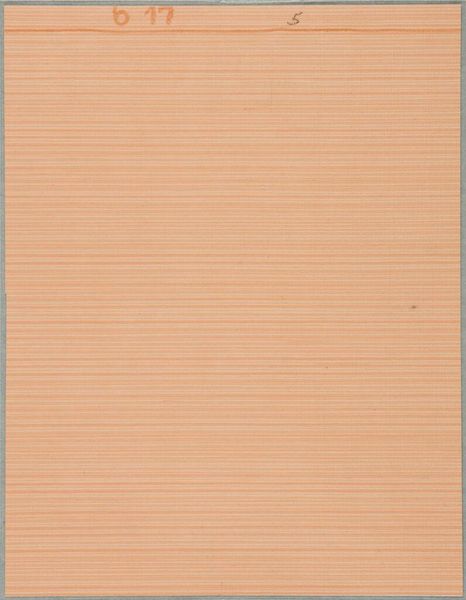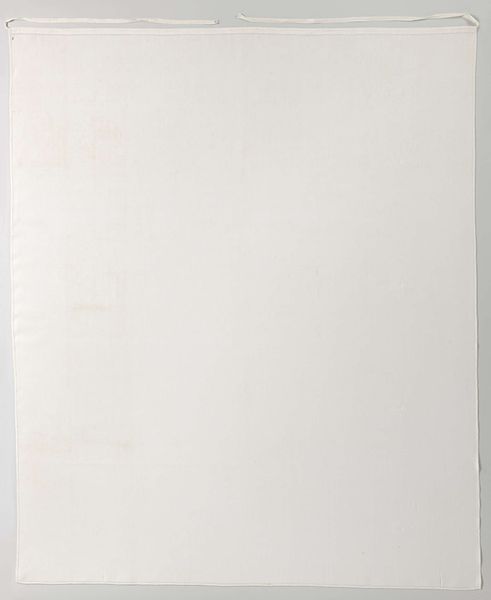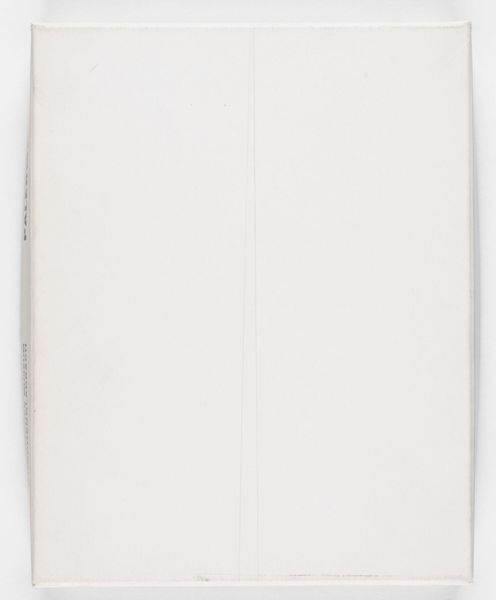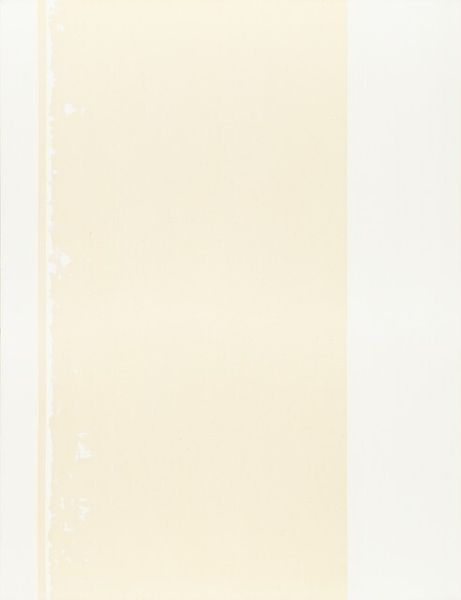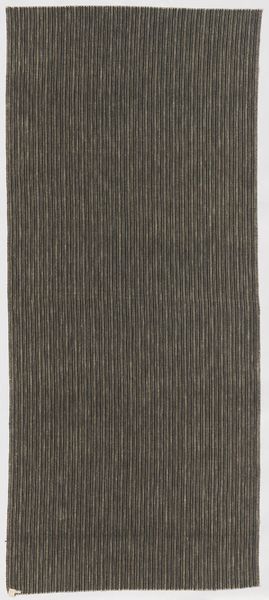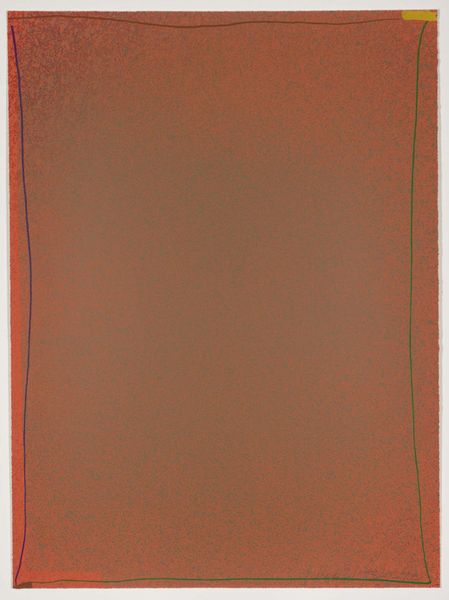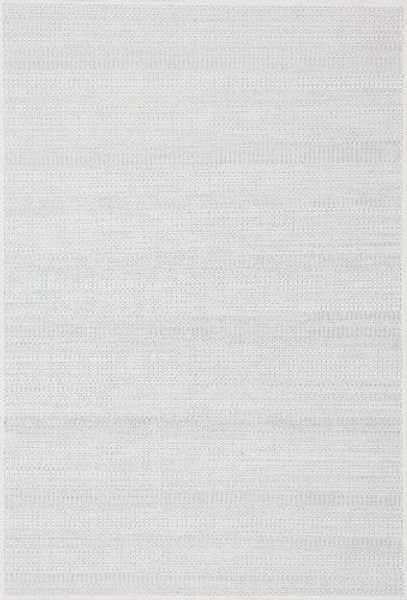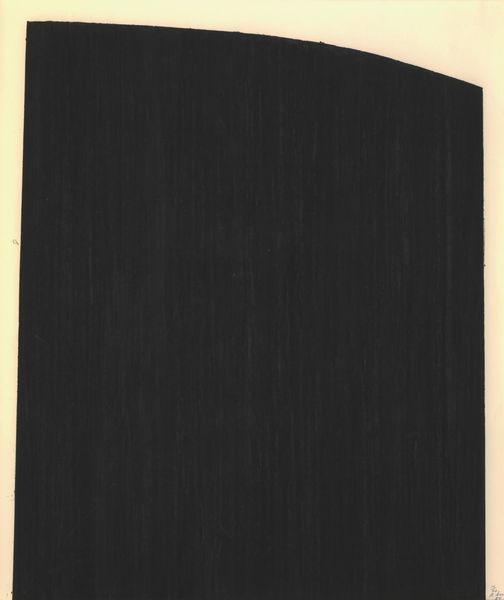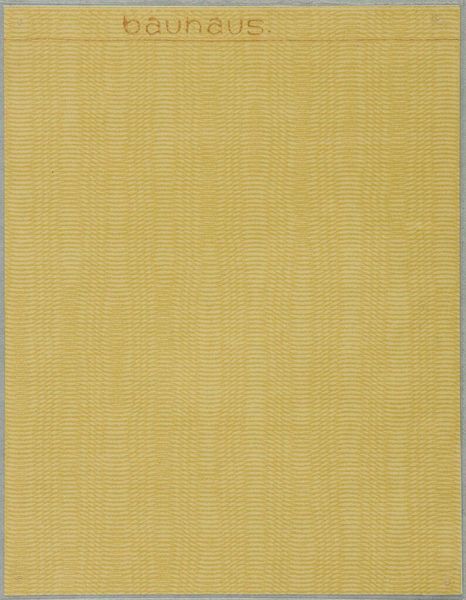
matter-painting, painting, oil-paint
#
matter-painting
#
painting
#
oil-paint
#
abstraction
#
monochrome
Copyright: Rudolf de Crignis,Fair Use
Editor: We're looking at Rudolf de Crignis' "Color sample for painting (#03'04)" from 2004, rendered in oil paint using a matter-painting technique. I find the monochromatic plane strangely compelling. It invites close looking. How do you interpret this work through a formal lens? Curator: The immediate observation points toward its self-referentiality. Note the nuanced handling of the paint itself; the surface is not simply flat, but bears subtle traces of the artist's hand. What strikes me is the tension between the ostensible simplicity of the monochrome and the textural complexity achieved through the artist’s specific application of oil paint. Editor: So you see the physical application as being critical to the work's meaning, and maybe its inherent beauty? Curator: Precisely. The materiality elevates it beyond a mere exercise in colour. One could delve into theories of structuralism and semiotics here. Do you perceive any variations in the density of the pigment or direction of the brushstrokes? These elements contribute significantly to the work's visual rhythm. Editor: Now that you mention it, I do see a slight variation in tone toward the edges and a subtle linear texture, a trace of the artist's process. It moves beyond pure abstraction, right? Curator: It’s pushing toward pure abstraction while simultaneously acknowledging its status as an object, a crafted surface. The focus rests primarily upon its formal attributes, devoid of overt symbolic content. Considering its visual characteristics, it prompts engagement. Editor: I appreciate that breakdown. Thinking about texture and process helps see it with fresh eyes, it emphasizes its complexity! Curator: Indeed. The more carefully you observe the materiality of an artwork, the more apparent its formal attributes will become, leading to further observations.
Comments
No comments
Be the first to comment and join the conversation on the ultimate creative platform.

